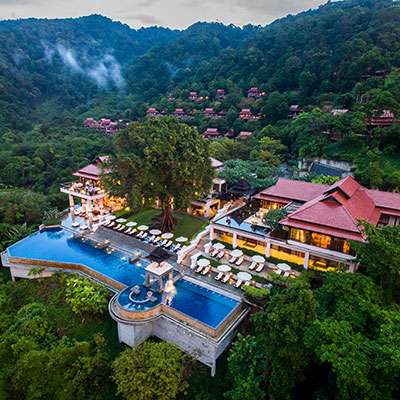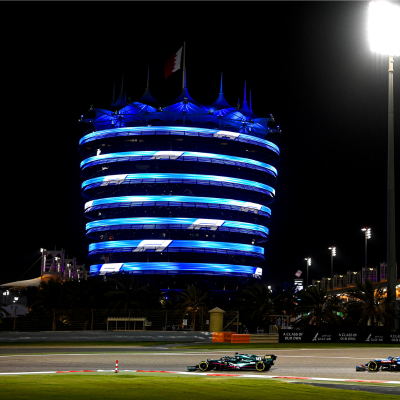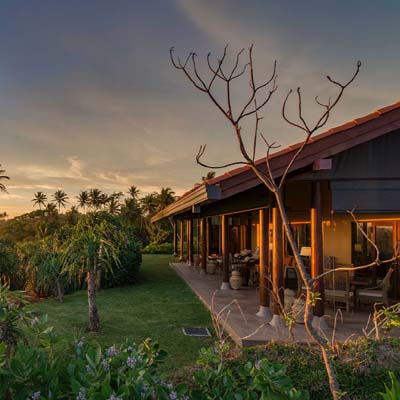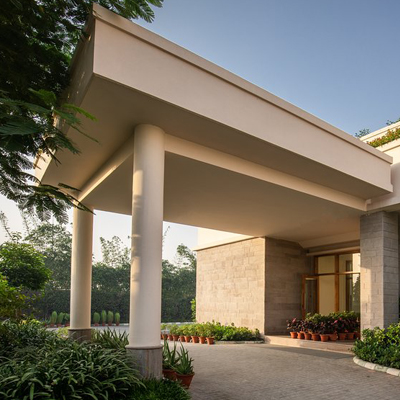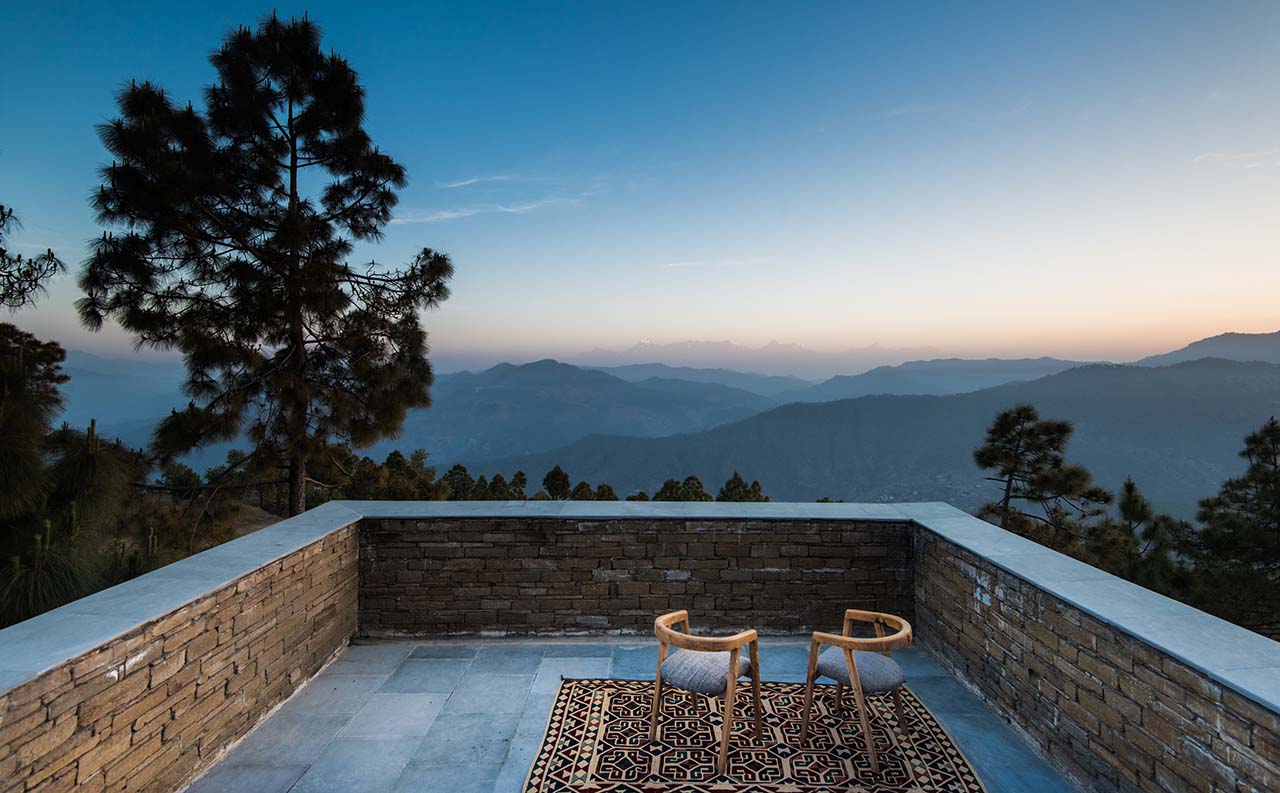
“Once you have lived with the mountains, you belong to them”. These eternal words from the legendary Ruskin Bond, describing the mighty Himalayas cannot find a better manifestation than The Kumaon. A peaceful, stunningly beautiful hideout, made with immaculate taste in the Kasar Devi region of Uttarakhand, even a brief stay in The Kumaon will make you want to belong to the property.
The Kumaon was conceived at a time when there were burning discussions in the country about ecological damages being hurled on the mountains by mindless construction activities. It won’t be completely wrong, if one was to say that mountain tourism in India is still at an evolutionary stage. This process of evolution has had its own challenges. And some serious calls for introspection too. The Kedarnath tragedy of 2013 raised the burning question all over again. The million dollar question is how to make our hills a destination for sustainable tourism, while providing the luxuries and amenities of modern hospitality, without creating an ecological imbalance?
Many hospitality chains and boutique groups have tried to come up with answers to this challenge. Some by adopting global best practices and some by incorporating indigenous innovations. The Kumaon is trying to do its bit by a mix of both.
The Himalayan retreat has put to practice some very innovative ways of building, operating and sustaining a mountain property, setting new benchmarks for sustainable luxury.
Surrounded by the rich biodiversity and unparalleled views of the spectacular Himalayan range, The Kumaon’s design language resonates with contemporary India and reflects a distinct elegance in simplicity, while sharing a unique insight into slow travel and conscious living.

Quite unlike the regular mountain getaways, The Kumaon was envisioned by Vikrom Mathur, who originally bought the land to build a private home but later on decided to develop into a boutique stay on the doorstep of rhododendron forests and the Binsar Wildlife Sanctuary. The spaces have a constant reference to the outdoors, while a moderate palette is retained to emphasize the picturesque backdrop. “The unique landscape is a main conduit for travellers to connect with nature, immerse themselves in the local surroundings at their individual pace and in the privacy of their own space at The Kumaon”, says Mathur.
Designed by the award-winning Sri Lankan architects, Pradeep Kodikara and Jineshi Samaraweera, The Kumaon symbolises the principle of abstract modernism and highlights minimalistic design maintaining low intensity development in the foothills of the Himalayas.
Environment friendly practices
Spread across 2 acres of verdant greens, The Kumaon houses 10 chalets across 5 structures nestled in pairs with one-a-top the other. Each chalet is named after different villages of the Kumaon region and opens into a private sit out offering incredible views of Nanda Devi range.

The property has been built around the idea of sustainable architecture that highlights the locally sourced materials, utilised extensively across different structures and spaces through varied local techniques and skilled craftsmen from the region. These materials have been allowed to retain their natural quality to give a rustic feel and have become an integral part of the design language.
The lower suites have adjacent outdoor sitting areas and are built of locally-quarried stone used for Kumaoni village homes while the terrace upper suites use fly-ash bricks clad with bamboo sticks and copper wire and have bay windows that extend out to large terraces.
With efforts to restore the balance over the years, The Kumaon team has also integrated a few indigenous species of trees into the landscape including cedar, oak, rhododendron, and also encourages the cultivation of local pulses, fruits and more in the area.
Enabling local communities and empowering them with sustainable livelihoods
The Kumaon is an idea rooted in the region’s ecology and its coupling with the culture and livelihoods of local communities. These were core principles around which the property was conceived and launched in 2017.
Building The Kumaon wasn’t easy, recalls Mathur. “It took us around two years to make this transformative sanctuary it is today, while resolutely navigating through the initial constraints of the area being largely non-motorable and inaccessible,” he says. “But with the ardent commitment and love for the region, the locals were encouraged to come together and help build the property from ground up, including facilitating the passage of locally sourced materials to the site during the initial days of inception.”
Many individuals who worked on the site were seamlessly accommodated and trained into various technical roles at The Kumaon and still continue to be a part of the core service team. In fact, many have exceptional stories to share about their journeys from being masons to now the anchors of heartfelt hospitality and service at the retreat.
Over the years, these efforts by The Kumaon to develop the region have both inspired and resonated with visiting guests as well as the local communities. This further encourages them towards creating impactful change and pushing the envelope – around conscious travel and sustainable living.





